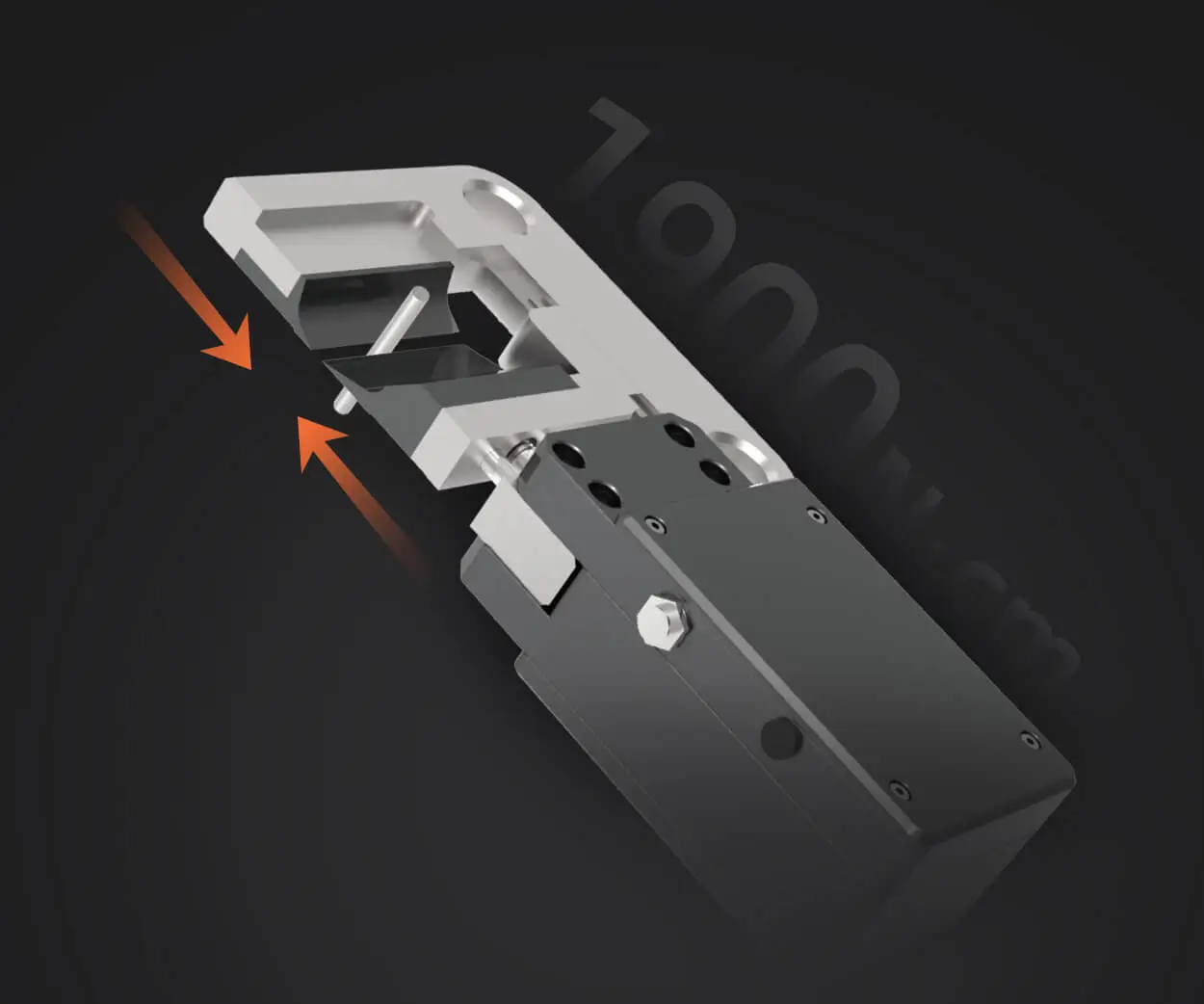Imagine you're building a robot arm or maybe a tiny drone that needs precise movements—then, micro servos become your best friends. These tiny yet powerful components can add that smooth, controlled motion that turns a simple project into something extraordinary. Whether you’re tinkering in a garage or designing a prototype, understanding how to code for micro servos is like discovering a secret sauce that elevates your craftsmanship.

Let’s talk about what makes these micro servo modules tick. Basically, they come with a small motor and circuitry that let you control their position with voltage signals. But here’s the kicker—getting them to respond accurately? That’s about writing neat, efficient code. When you’re programming these little guys, you’re telling them, “Hey, turn to 90 degrees,” or “Rotate to 45,” and in milliseconds, they respond. It’s like conducting an orchestra of tiny motors with your fingertips.
Honestly, the real magic kicks in when you realize how straightforward it is to integrate coding into your projects. Using common microcontrollers, like Arduino or compatible boards, makes all the difference. Sometimes, you might wonder, "Does this really work with my setup?" Just remember, the key is adjusting your pulse width modulation (PWM) signals — tweaking those signals can give you fine control over the servo’s position. You can start by setting up a simple loop: tell the servo to sweep from one angle to another, and watch the movement smooth out before your eyes. That’s where the fun begins.
Thinking about potential use cases—imagine a remote-controlled car with better steering accuracy, or a robotic arm that’s precise enough to pick up tiny objects. These micro servos make it all possible. When you find the exact code that makes your servo move exactly as you want, it feels like solving a puzzle. It’s satisfying, almost addictive. That feeling when the servo responds perfectly after a few tweaks? Priceless.
Let’s ask a quick question—how do you make sure your code is reliable? Aside from double-checking your PWM signals, make sure your power supply is steady. Micro servos don’t like sudden drops or surges—they need consistent voltage to perform well. And a good practice? Test the servo in small steps, gradually increasing the range until you get comfortable with its behavior. No one wants jittery movements or unexpected stalls during your big project.
Also, don’t overlook the importance of timing. Fast enough code keeps things smooth, but overdoing it can lead to overheating or mechanical wear. Balancing speed and precision is an art. That’s where experimenting becomes your best friend—adjust your code, tweak your signals, and see what works best for your hardware.
In the end, coding for micro servo isn’t about complex algorithms. It’s about understanding simple principles and applying them creatively. Once you get the hang of it, the possibilities are endless. From animatronics to DIY home automation, micro servo modules are versatile tools that add that extra bit of intelligence and fluidity to your creations. So, dive in, experiment, and watch your ideas come alive.
Established in 2005, Kpower has been dedicated to a professional compact motion unit manufacturer, headquartered in Dongguan, Guangdong Province, China. Leveraging innovations in modular drive technology, Kpower integrates high-performance motors, precision reducers, and multi-protocol control systems to provide efficient and customized smart drive system solutions. Kpower has delivered professional drive system solutions to over 500 enterprise clients globally with products covering various fields such as Smart Home Systems, Automatic Electronics, Robotics, Precision Agriculture, Drones, and Industrial Automation.




































